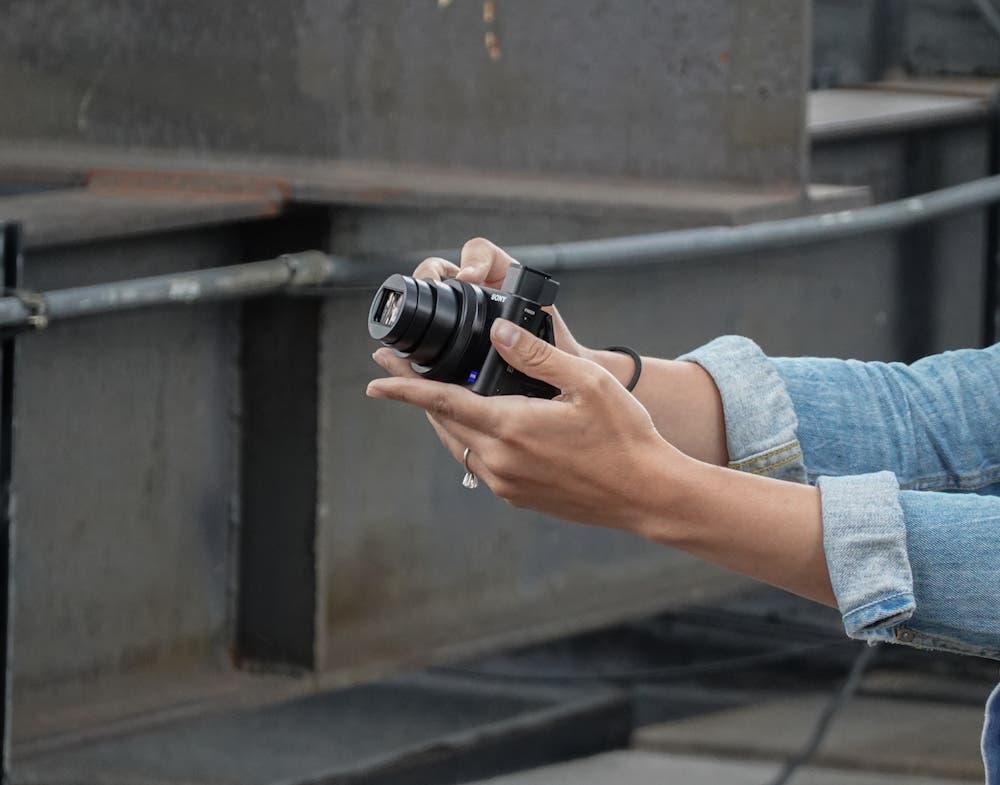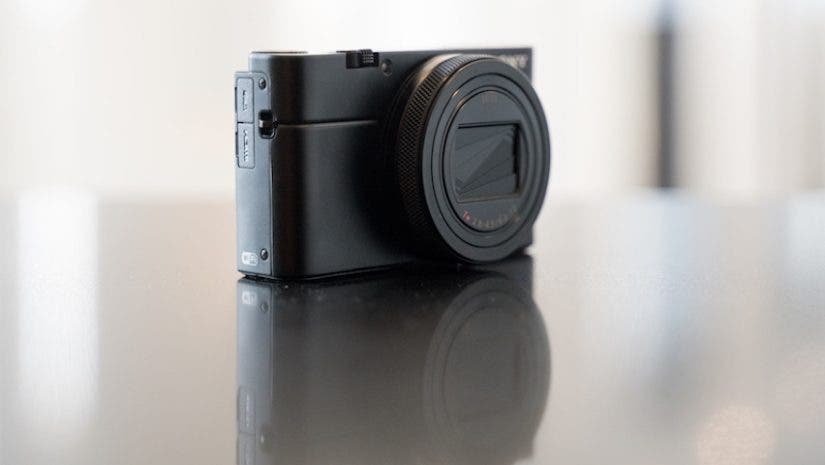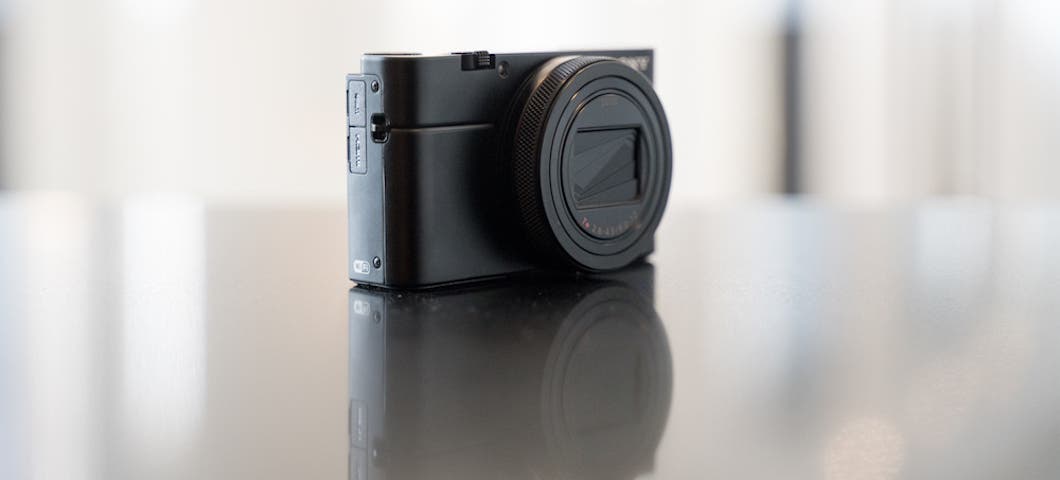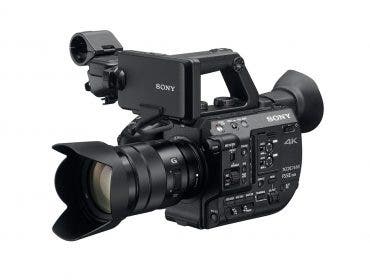It’s been six years since the original Sony RX100 truly redefined a market, and six variants of it have spanned that gamut of time. It’s been a particularly interesting journey too, as each iteration hasn’t been a straight-line progression of predictable changes, but of surprise. Along the way, Sony has gone back and forth on everything from longer versus shorter focal lengths, having hotshoes or omitting them, EVFs, and more.
But while they’ve tampered with the formula, to the original’s ethos they’ve strived to remain true, and that is to simply be the most versatile, powerful, and complete pocket camera in the world. With the RX100 VI, it feels closer to that than ever, and that’s exciting.
Product highlights at a glance:
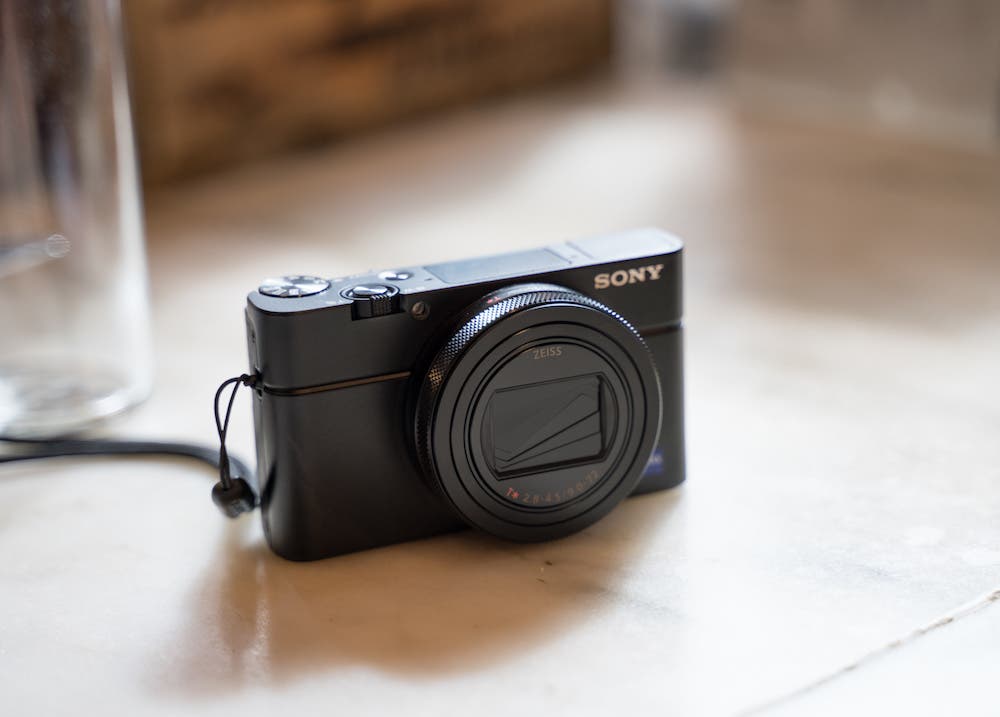
- ZEISS Vario-Sonnar T* f/2.8-4.5 Lens
- 24-200mm (35mm equivalent)
- 20.1MP 1″ Exmor RS BSI CMOS Sensor
- BIONZ X Image Processor & Front-End LSI
- 0.39″ 2.36m-Dot OLED Pop-Up EVF
- 3.0″ 921.6k-Dot 180° Tilting Touchscreen (With Touch AF)
- Fast Hybrid AF System with 315 Points
- ISO 12800 and 24 fps Continuous Shooting
- UHD 4K30p Video with HLG & S-Log3 Gammas
- HFR Mode for Full HD Video up to 960 fps
- USD
The newest member of the RX100 line has much more going on than meets even the discerning eye. Sure, its dimensions are almost identical to the others and cosmetically it’s hardly budged, but this RX100 is the benefactor of many high-performance features which have trickled down from the A7 III and A9, and in use, this quickly becomes apparent. It’s faster, more fluid, and more refined.
So whether you’re a portrait, sports, street, or travel photographer, the upgrades are going to matter to you.
The lens:
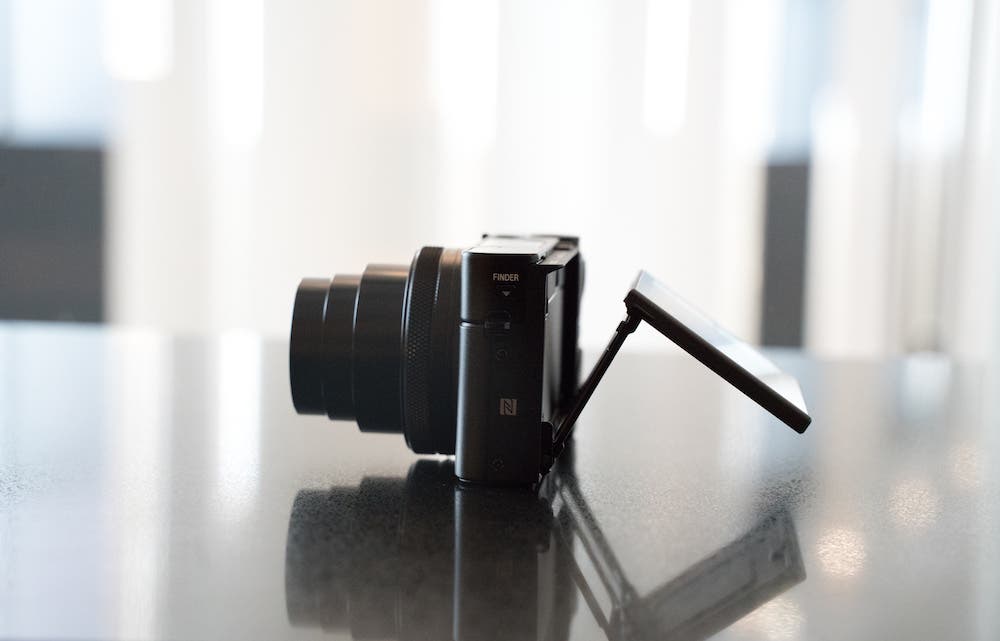
The most obvious and headline-grabbing feature of this iteration is the focal range of its lens. Fitting a 24-200mm (equivalent) lens with 15 elements in 12 groups (6 moving) into the compact body of the RX100 VI is not a feat to be snubbed, and in doing so, Sony has achieved the specific goal of covering the two most coveted lens ranges: 24-70mm and 70-200mm.
In terms of field of view, the RX100 VI is like having both of those most popular lenses in your pocket, and with a stated 4EV of image stabilization. This is a significant change from its predecessors, and for most people, it’s for the better. Have you ever wanted to be able to isolate a subject for a portrait with a pocket camera? You can with this.


The first two RX100s had a 28-100mm range with an f/1.8-4.9 aperture, which was then outclassed by the ones that came next with their shorter but faster 24-70mm f/1.8-2.8 lenses. And while the last generation was faster, it still wasn’t ideal for headshots, portraits, or subject isolation in general. The RX100 VI, however, manages that well, particularly past 140mm.

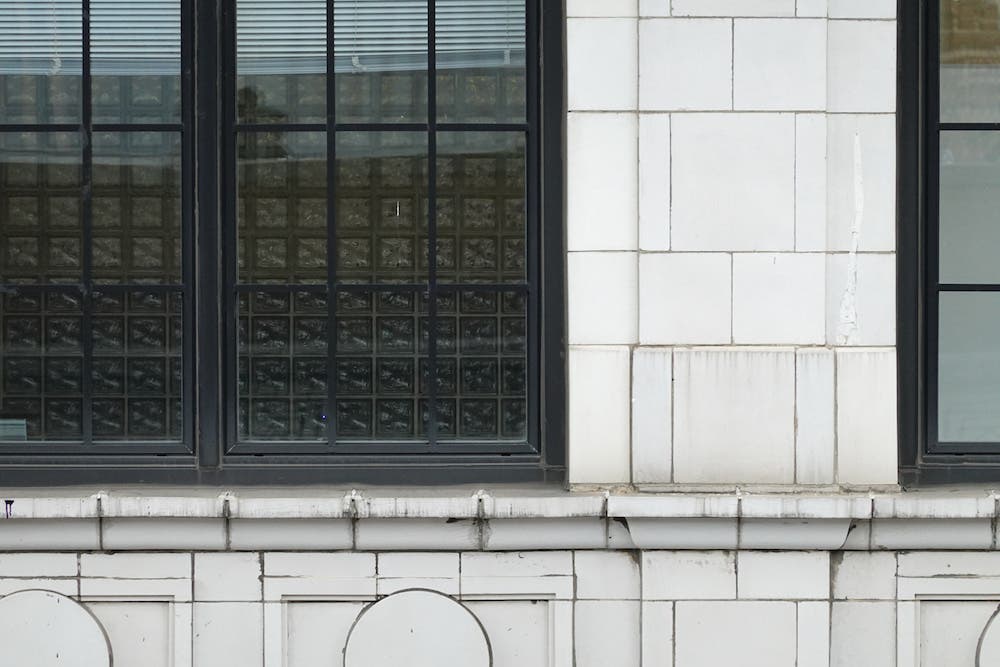
Surprisingly too, the images it produces at longer focal lengths are extremely sharp, which is probably due to lens arrangement of two extra-low dispersion (ED) aspherical glass elements and eight aspherical lens elements, including four advanced aspherical lenses. Also, that aperture of 4.5 (f/12 equivalent) will produce lower diffraction than comparable small cameras with long zooms. If you’ve used older RX100s or cameras like the Panasonic ZS200, the sharpness of the images of the Mark VI will be immediately apparent.
Raw power and auto focus:

Make no mistake, the RX100 VI is not a one-trick pony. Lens aside, there’s a lot more going on to appreciate. As mentioned above, it has benefitted from much of Sony’s high-end E-mount camera tech. The RX100 VI is blessed with a 20MP 1-inch Exmor RS Stacked-CMOS sensor with a DRAM chip, BIONZ X processor with front-end LSI. Now, what that all translates to is overall speed and performance increases in almost every area, from AF to fluidity of operation, to buffer.
The Hybrid AF system (Phase & Contrast Detect) has a claimed response time of 0.03 seconds and has better Eye-AF that is supposed to be twice as good as the outgoing model. In fact, this could be Sony’s fastest AF system, period, and you feel it. It feels like witchcraft to hold down the center button and watch the Eye-AF track a dancer or a gymnast, so it will have no problem with portraits and should be able to handle sports with equal aplomb.

And speaking of sports, whether it is your child’s football game or from the third base line at Yankee Stadium, you can be sure to catch just the right moment as you can shoot at a whopping 24FPS and the camera will track and expose for each frame up to 233 images, which is a 55 percent buffer increase from the last generation, helping you capture the hero shot.
4K video (oversampled):
As Sony aims to make the RX100 the complete jack-of-all-trades camera, they have always made video a priority. The RX100 VI can capture 4K video up to 30p and the entire width of the sensor is used, which makes for beautifully detailed video, and then, of course, it can shoot 1080p up to 120FPS and high frame rate modes offer up to 960 FPS for extreme slow motion.
And if you’re serious about video, Sony has included the Hybrid Log-Gamma option with their picture profiles, which offers superior dynamic range capture perfect for displaying on HDR-enabled devices.
Unfortunately, however, there is no built-in ND filter in the new RX100 unlike its predecessors, which might make video capture challenging in certain conditions, and there is no built-in mic component so you’ll need an external recorder if planning to use the RX100 for proper filmmaking. For everyday video, however, it’s more than just fine.
Touchscreen and handling:
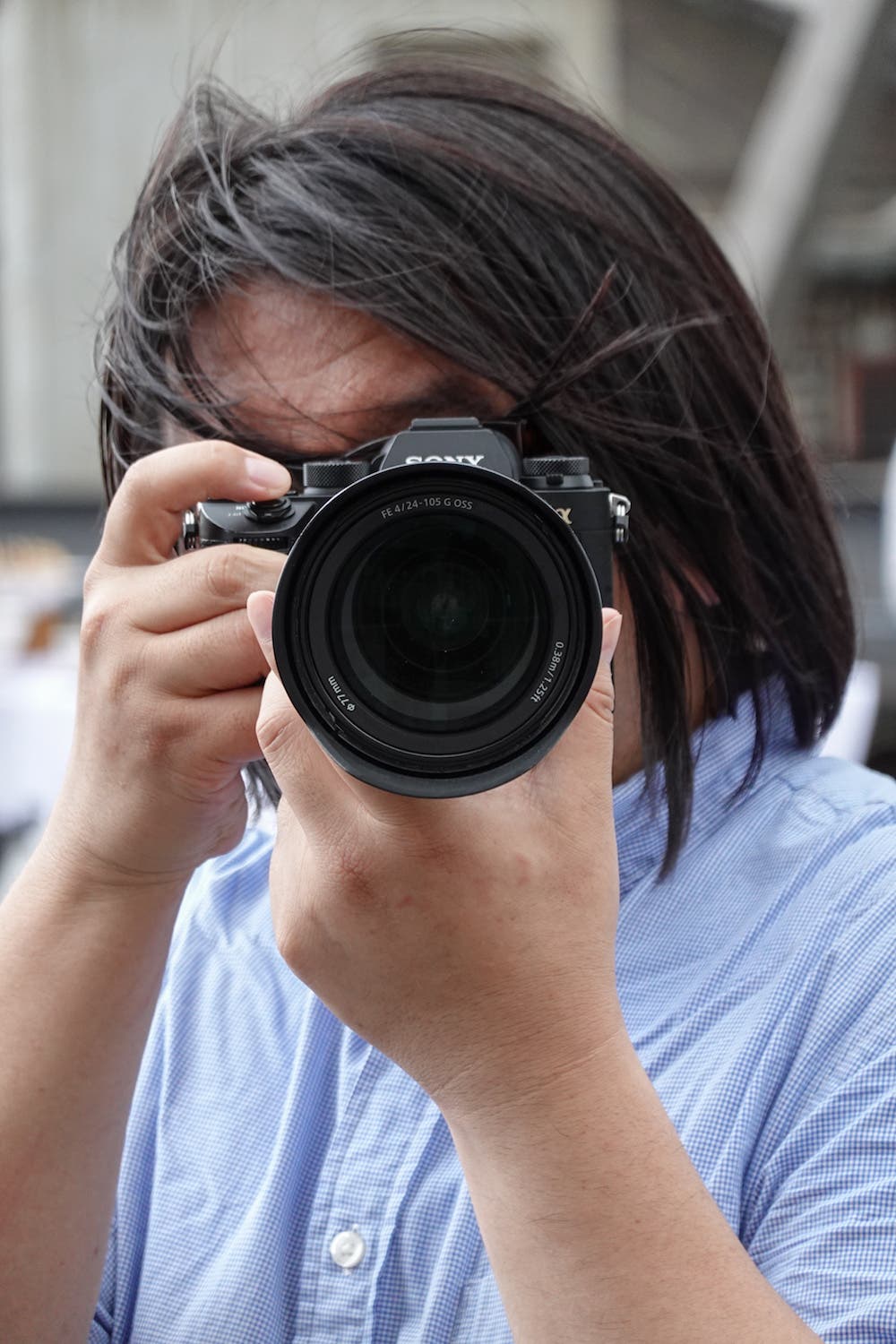
In what is a much-welcomed addition, Sony has finally implemented a touchscreen to the RX100 series, and it makes the handling of this tiny camera more organic.
With larger cameras, you have more space for a joystick and other control surfaces to make handling efficient, but on a smaller unit, you lose much of that space and in turn, much of the handling.
The older RX100s were particularly cramped and made adjusting AF points difficult and cumbersome, but you can now, finally, use the LCD to activate the shutter and also to drag the AF point around. Furthermore, Sony has actually implemented it like they have in the A7R III where you can map which portion of the screen you want to use, making the operation that much better.
Where you can’t use it is for navigating the menus, though at least the menus in this RX100 finally have been updated to be akin to those in the other modern Alpha cameras, and they’ve added a “My Menu” section which means you can navigate with ease and speed.
What else you need to know (and who it’s for):
There’s no getting around the fact that this is a significant upgrade from previous RX100 models, all in an effort to make the most complete pocket camera possible. Yes, it uses the same battery as all the others — which means you’ll need some spares — but rest assured you’ll need them not only because the battery life isn’t too extensive, but because this is truly about the most capable and versatile camera that can fit in your pocket, and you will want to take it everywhere from your vacation, to sports games, to taking family photos, portraits, and more.
It’s the kind of unit you can take to a wedding without bothering anyone, or to dinner without being obtrusive, and on your travels and make it look like you took a bag of lenses.
If you want power without the size penalty, it’s hard to imagine anything that can compete. It costs so it’s a premium product, but what you’re getting is a premium experience and a unit with pedigree.
Just check out these other photos:


